Dear Automaker, Please Build Me A…

In 1995, Subaru rolled out the Outback, which was tremendously successful at fooling New Englanders into believing that they were driving an SUV. Seriously: Subaru took a Legacy wagon, raised it an inch, painted the bottom part gold, and – for the first time in its history – became incredibly popular, even among people who don’t consider “granola” acceptable for a restaurant menu. (Let the record reflect I have now completed an entire paragraph about Subaru without making a lesbian joke.)
In 1998, the Subaru Outback range added a sedan model, called the “SUS” for “Sport Utility Sedan.” Unfortunately, the presence of a trunk meant New Englanders were no longer fooled, though some people from Colorado apparently were. Nonetheless, sales were dismal no matter how many times Subaru tried to remind shoppers that driving on a dirt road doesn’t mean you need to carry a lot of stuff. Eventually, they gave up and cancelled the Outback sedan, then redesigned the wagon to compete with a milk truck. (Seriously, why is it so big?)
But today’s article isn’t about the Subaru Outback sedan. Instead, it’s about the process that created the Subaru Outback sedan.
You see, just as the Outback was just starting to gain sales momentum, a Subaru dealer wrote to the brand and suggested they make a sedan version. After all, it would only take a new part here and there, and maybe a few dozen buckets of gold paint. Genius! And did Subaru laugh in the dealer’s face? Did they say: “Shouldn’t you be advertising at the local softball games?” (You knew it wouldn’t last the whole article.)
No. They actually built it. How cool is that?
Whenever I think about this story (which is whenever I see an Outback SUS, so every two years), I always consider how exciting things would be if we could simply write a letter to our favorite automaker and ask them to build the car of our dreams. Of course, some people actually have this ability. In fact, I think this may have been Bob Lutz’s job during his last six years at General Motors.
If I had the power to write a letter and make any car so, I promise I would use it judiciously (unlike Lutz). To minimize costs, I would only ask automakers to build cars on existing platforms. I would only suggest vehicles that have an appeal beyond the limited scope of my brain. And I wouldn’t ask Ford to bring back the Crown Victoria.
I can think of two letters I’d write immediately:
First, I would petition Mercedes to create an AMG version of its GLK compact SUV, which would be the very first performance SUV that makes sense. Imagine it: take the CLA’s dual-clutch automatic, all-wheel drive and 355-horsepower turbo four. Stuff it in the GLK, which is more practical than a sedan and nimbler than an M-Class. How can Mercedes create the R63 AMG and not give us this?
The next letter would go to Porsche, requesting a turbocharged Cayman with four-wheel drive, a stick shift, and a targa roof. This would be the perfect sports car: mid-mounted turbo power, three pedals, and Cayman styling with an open roof. Of course, people would stop buying the 911. But it would look damn good parked next to my GLK AMG.
While we’re writing letters, I guess I should write one to my bank.
The problem with all of this dreaming about variations of existing platforms is that it doesn’t always work out. Of course, the Lutz-era GM lineup is the best example of this. During the early 2000s, people at GM actually said each of the following things: “Yes! An Envoy with a retractable roof over the cargo area is a good idea!” or: “Who wouldn’t buy a retro-themed convertible pickup with a bed cover?” or even: “Our research indicates the market for a Solstice coupe is huge.”
But GM isn’t the only guilty party here. For example, the Jaguar X-Type station wagon didn’t create itself. Neither did the Dodge Rampage, which was – truly – a front-wheel drive pickup based on the Omni. And we can’t forget the Lexus IS 300 SportCross, or the Honda Crosstour, or the Nissan Murano CrossCabriolet. (The general rule seems to be: avoid the word “Cross.”)
Indeed, each of those failures must’ve been devised by product planning, approved by a board of directors, penned by designers, created by engineers, tested over millions of miles, and, finally, built by line workers. Maybe they should’ve just asked a dealer. Or me.
So, TTAC: what letters would you write?
Doug DeMuro operates PlaysWithCars.com. He’s owned an E63 AMG wagon, road-tripped across the US in a Lotus without air conditioning, and posted a six-minute lap time on the Circuit de Monaco in a rented Ford Fiesta. One year after becoming Porsche Cars North America’s youngest manager, he quit to become a writer. His parents are very disappointed.

More by Doug DeMuro
Latest Car Reviews
Read moreLatest Product Reviews
Read moreRecent Comments
- ToolGuy The only way this makes sense to me (still looking) is if it is tied to the realization that they have a capital issue (cash crunch) which is getting in the way of their plans.
- Jeff I do think this is a good thing. Teaching salespeople how to interact with the customer and teaching them some of the features and technical stuff of the vehicles is important.
- MKizzy If Tesla stops maintaining and expanding the Superchargers at current levels, imagine the chaos as more EV owners with high expectations visit crowded and no longer reliable Superchargers.It feels like at this point, Musk is nearly bored enough with Tesla and EVs in general to literally take his ball and going home.
- Incog99 I bought a brand new 4 on the floor 240SX coupe in 1989 in pearl green. I drove it almost 200k miles, put in a killer sound system and never wish I sold it. I graduated to an Infiniti Q45 next and that tank was amazing.
- CanadaCraig As an aside... you are so incredibly vulnerable as you're sitting there WAITING for you EV to charge. It freaks me out.






















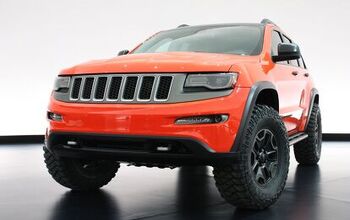
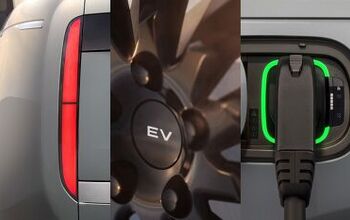

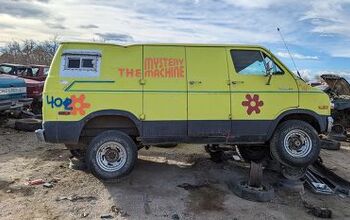
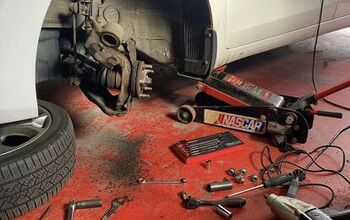


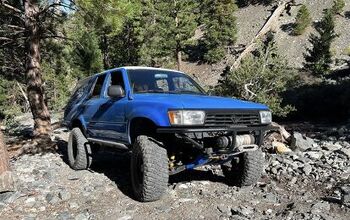
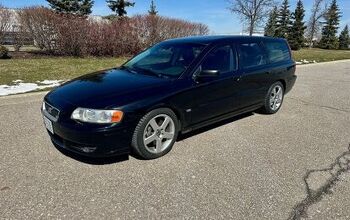
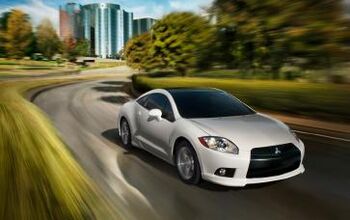

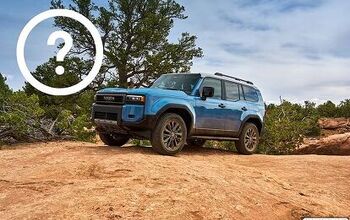
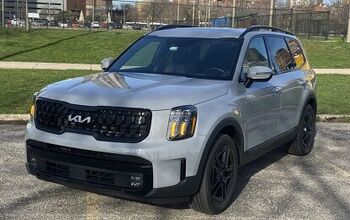
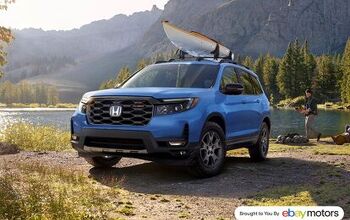

Comments
Join the conversation
Full-size diesel SUV that can tow upwards of 10,000 lb and still break 28 mpg (unloaded) on the highway, yet with sufficient ground clearance for some occasional off-roading. So there ya go GM - you know what to do with the baby Duramax.
A modern update of the old Mitsubishi Galant Lambda/Dodge Challenger/Plymouth Sapporo, with a nice V6 replacing the massive and cantankerous Astron engine. It seems like only sports cars can be rear wheel drive any more...but front wheel drive can be so...dull.